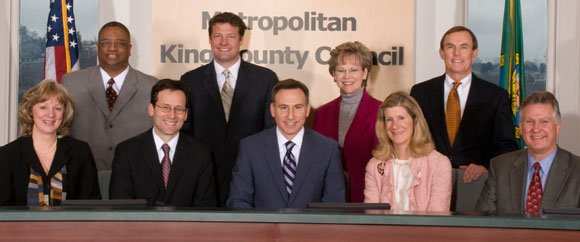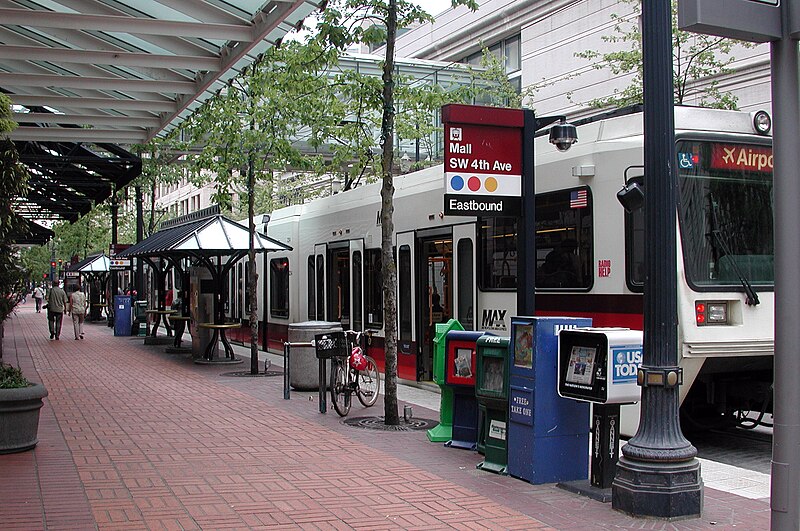This post originally appeared on Orphan Road.
When an audit was released that listed Seattle’s electric trolley buses (ETB’s) as more expensive per year than a hybrid bus replacement, I was amazed. Although the benefits of ETB’s are many, I’ve considered cost efficiency a large benefit. As the report did not list sources for its data, I took the next step of asking the auditor to view the source data. I was e-mailed two spreadsheets with almost all of the information I wanted.
Observations from the audit:
1. The main source of the cost difference is that the ETB’s are claimed to cost twice that of hybrid buses. I can imagine this if they bought just one, since it’s not an off-the-shelf product. But they’d be buying close to 200 – there has to be economies of scale there, and the components of an ETB have to be cheaper than a hybrid.
2. Hybrid fuel efficiency was listed at 5 mpg. This is in direct conflict with Metro statements in the past of observing 3.8 mpg.
3. “Engine overhaul” is listed at 6.7x as frequent for ETB’s vs. hybrids. This just can’t be right, as ETB’s don’t have engines. If they’re talking about the electric motors, these last a long time and shouldn’t cost the same as a engine overhaul.
4. Overall, operating costs are much cheaper for ETBs than diesels or hybrids. It’s really the initial cost of the buses that seems to drive up the price.
I am following up with a list of questions to the auditor, and will report back when I get a response.
[update] The new bus costs and “engine overhaul” data came from Metro. It’s almost as if Metro is trying to kill ETBs (tries to feign shock).
The scheduling spreadsheet also came in. It’s too dense of calculations for me to follow (without a paycheck for such things, that is).
Layover/service ratios appear to be much higher in trolley buses. The auditor’s explanation for this is that they can’t pass each other and they lack flexibility. But flexibility doesn’t mean that they can’t change routes (though this would help in case of an accident), but that they can’t pull double service for two routes.
My comments regarding flexibility:
1. Anecdotally, the reason passing is a large issue is wheelchair loading. The trolleys don’t have a kneeling ability, which can make a wheelchair stop take a long time. Combine a few such stops and you get a line of trolleys waiting for the one in front. If this is costing so much money, wouldn’t the obvious solution is to design in a kneeling ability into the next batch of trolleys?
2. If there would really be an efficiency gained by adding more routes together, couldn’t we just add more wire to create these routes? Why tear out a system that could in all other ways be much more efficient than hybrids? Go all the way and make as many routes electric as you’d need to remove routing inefficiencies. [/update]














